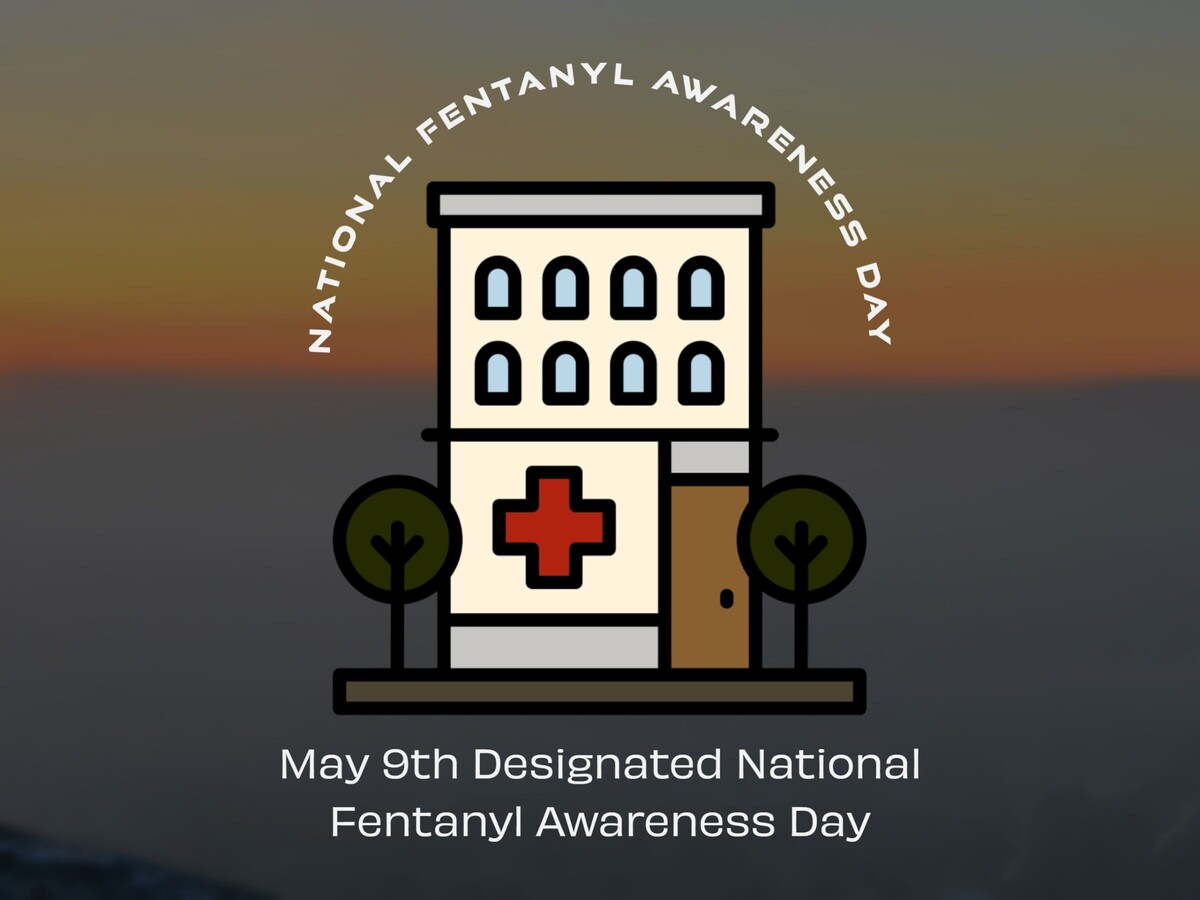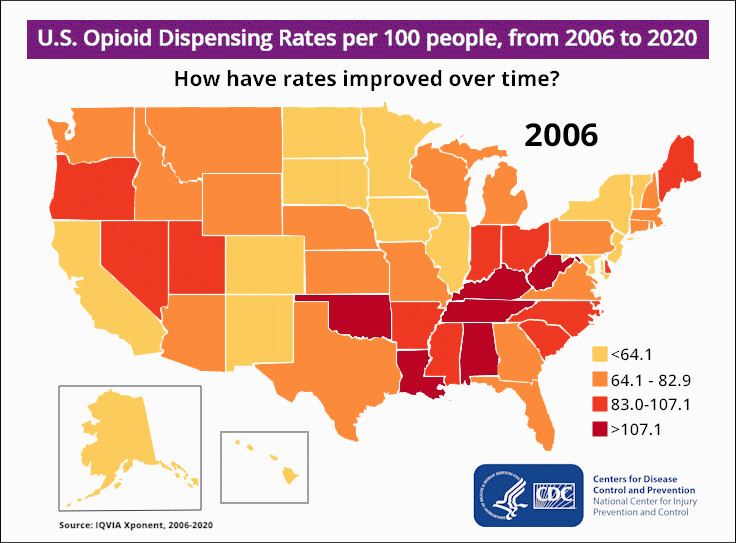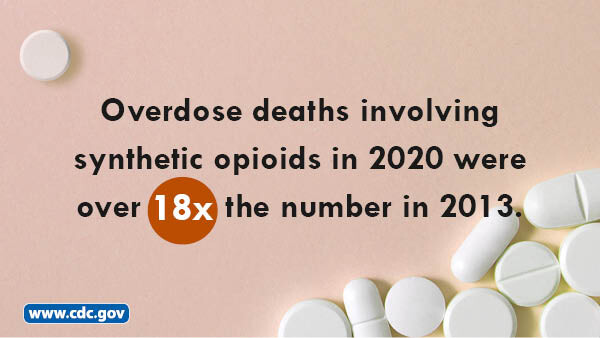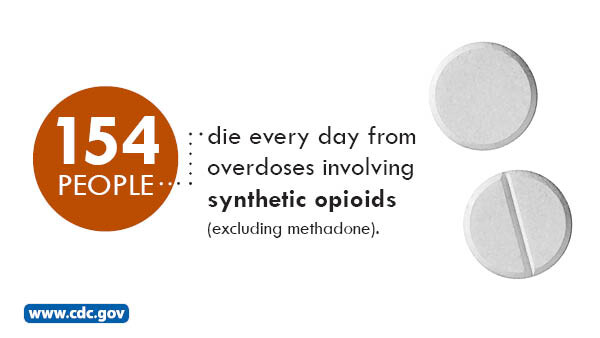Image


Today, U.S. Senator Joe Manchin (D-WV) led 45 bipartisan Senators in reintroducing a resolution to designate May 9th, 2023, as National Fentanyl Awareness Day. As the nation comes together to raise awareness about this powerful synthetic opioid, it is essential to focus on facts and reliable information.
Fentanyl is a powerful synthetic opioid that has garnered significant attention in recent years due to its role in the opioid crisis and its association with an increasing number of overdose-related deaths.
While the dangers of fentanyl are real, it is important to separate fact from fiction and understand the drug's legitimate medical uses, different types, addictive qualities, and the truth behind some of the sensationalized stories circulating in the media.
This article aims to provide an evidence-based overview of fentanyl, directing readers to reputable sources for further information.
Fentanyl was first synthesized in 1959 by Belgian chemist Dr. Paul Janssen and has since become a valuable tool in modern medicine. It is primarily used for pain management, particularly in cases of severe or chronic pain, and as an anesthetic during surgery. Fentanyl is 50 to 100 times more potent than morphine, making it effective in smaller doses, which can be advantageous in clinical settings (1).

Fentanyl is available in various forms, including intravenous injections, transdermal patches, lozenges, and nasal sprays. The type of fentanyl used depends on the specific medical situation, the severity of the pain, and the patient's individual needs. In addition to pharmaceutical fentanyl, there is illicitly manufactured fentanyl (IMF), which is often mixed with other drugs like heroin, cocaine, or counterfeit prescription pills to increase potency (2).

Fentanyl, like other opioids, has a high potential for addiction due to its effect on the brain's reward system. Opioids bind to receptors in the brain, reducing pain perception and increasing feelings of pleasure. This can lead to a cycle of craving and compulsive use, even when the drug is no longer needed for pain relief. The risk of addiction increases when fentanyl is misused or used without a prescription (3).

Fentanyl's potency is one of the primary factors contributing to its danger. A small amount can cause respiratory depression, leading to a potentially fatal overdose. The rise in fentanyl-related overdoses can be attributed, in part, to IMF, which is often mixed with other drugs without users' knowledge. This increases the risk of an unintentional overdose, as users may be unaware of the potent substances they are consuming (4).

Stories about fentanyl-laced cannabis have circulated in the media, causing panic and confusion. However, such reports are largely unfounded. Mixing fentanyl with cannabis doesn't make sense from a drug dealer's perspective, as fentanyl is more expensive and has different routes of administration. Additionally, fentanyl is destroyed when burned, rendering it ineffective when smoked with cannabis (5).
While the dangers of fentanyl should not be downplayed, it is crucial to separate fact from fiction to better understand this powerful opioid.
Fentanyl has legitimate medical uses, and its misuse and addiction potential stem from a combination of factors, including its potency and the rise of illicitly manufactured variants.
Misleading reports about fentanyl-laced cannabis can contribute to unnecessary panic, reinforcing the importance of accurate information and education.
For more information, consult reputable sources like the Centers for Disease Control and Prevention (CDC), the National Institute on Drug Abuse (NIDA), and the World Health Organization (WHO).
(1) National Institute on Drug Abuse (NIDA). (2021). Fentanyl. Retrieved from https://www.drugabuse.gov/drug-topics/fentanyl
(2) Centers for Disease Control and Prevention (CDC). (2021). Illicitly Manufactured Fentanyl. Retrieved from https://www.cdc.gov/drugoverdose/opioids/fentanyl.html
(3) American Society of Addiction Medicine (ASAM). (2021). Opioid Addiction. Retrieved from https://www.asam.org/Quality-Science/opioid-addiction
(4) Gladden, R. M., O'Donnell, J., Mattson, C. L., & Seth, P. (2019). Changes in Opioid-Involved Overdose Deaths by Opioid Type and Presence of Benzodiazepines, Cocaine, and Methamphetamine - 25 States, July-December 2017 to January-June 2018. MMWR Morb Mortal Wkly Rep, 68(34), 737-744. Retrieved from https://www.cdc.gov/mmwr/volumes/68/wr/mm6834a2.htm
(5) Drug Policy Alliance (DPA). (2018). Fentanyl in the U.S. Heroin Supply: A Guide to Recognizing Fentanyl-Related Overdose and Preventing Future Deaths. Retrieved from https://drugpolicy.org/resource/fentanyl-us-heroin-supply-guide-recognizing-fentanyl-related-overdose-and-preventing-future-deaths